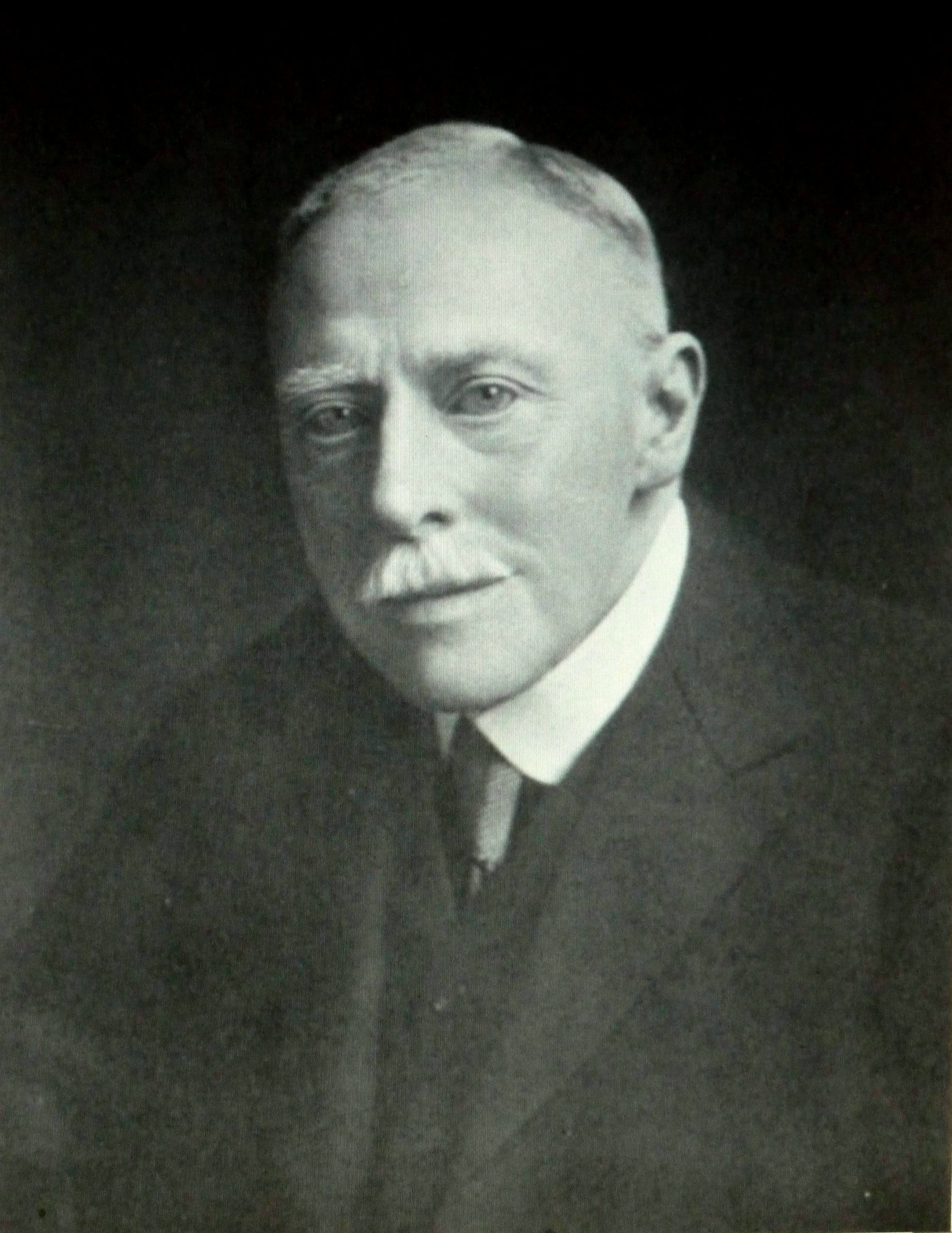William Eagle Clarke on:
[Wikipedia]
[Google]
[Amazon]
 Dr William Eagle Clarke FLS
Dr William Eagle Clarke FLS
 *
*
*
*
*
*
*
*
Atlas of Zoogeography
'. Bartholomew, J.G., Clarke, W.E., Grimshaw, P.H. John Bartholomew and Co., Edinburgh. (1911)
''Studies in Bird Migration''
(1912). * ''Manual of British Birds'' Third edition, Gurney & Jackson (1927) (revisions to the earlier editions by
FRSE
Fellowship of the Royal Society of Edinburgh (FRSE) is an award granted to individuals that the Royal Society of Edinburgh, Scotland's national academy of science and letters, judged to be "eminently distinguished in their subject". This soci ...
PBOU I.S.O LL.D.
Legum Doctor (Latin: “teacher of the laws”) (LL.D.) or, in English, Doctor of Laws, is a doctorate-level academic degree in law or an honorary degree, depending on the jurisdiction. The double “L” in the abbreviation refers to the early ...
(16 March 1853 – 10 May 1938) was a British ornithologist
Ornithology is a branch of zoology that concerns the "methodological study and consequent knowledge of birds with all that relates to them." Several aspects of ornithology differ from related disciplines, due partly to the high visibility and th ...
.
Life
Clarke was born inLeeds
Leeds () is a city and the administrative centre of the City of Leeds district in West Yorkshire, England. It is built around the River Aire and is in the eastern foothills of the Pennines. It is also the third-largest settlement (by populati ...
where his father William Clarke was a solicitor and educated at the Grammar School and at Yorkshire College, Leeds where he studied under Professor L C Miall. He was originally a civil engineer and surveyor, but later took up natural history as a profession. He became Curator of Leeds Museum
Leeds City Museum, originally established in 1819, reopened in 2008 in Leeds, West Yorkshire, England. It is housed in the former Mechanics' Institute built by Cuthbert Brodrick, in Cookridge Street (now Millennium Square). It is one of nine s ...
in 1884, moving to the Natural History Department of the Royal Scottish Museum
The National Museum of Scotland in Edinburgh, Scotland, was formed in 2006 with the merger of the new Museum of Scotland, with collections relating to Scottish antiquities, culture and history, and the adjacent Royal Scottish Museum (opened in ...
in 1888, where he was Keeper from 1906 to 1921.
He went on several expeditions including the Rhone Valley, Sclavonia, Hungary
Hungary ( hu, Magyarország ) is a landlocked country in Central Europe. Spanning of the Carpathian Basin, it is bordered by Slovakia to the north, Ukraine to the northeast, Romania to the east and southeast, Serbia to the south, Croatia a ...
and Andorra
, image_flag = Flag of Andorra.svg
, image_coat = Coat of arms of Andorra.svg
, symbol_type = Coat of arms
, national_motto = la, Virtus Unita Fortior, label=none (Latin)"United virtue is stro ...
. He observed that the Rhone Valley was important for migratory birds
Bird migration is the regular seasonal movement, often north and south along a flyway, between breeding and wintering grounds. Many species of bird migrate. Migration carries high costs in predation and mortality, including from hunting by ...
. He also worked on collections obtained by others and described the Negros bleeding-heart
The Negros bleeding-heart pigeon (''Gallicolumba keayi'') is endemic to the Philippines where it is found on the islands of Negros and Panay. It is critically endangered; continuing rates of forest loss on the two islands where it occurs suggest ...
. He was instrumental in recognizing that lighthouse
A lighthouse is a tower, building, or other type of physical structure designed to emit light from a system of lamps and lenses and to serve as a beacon for navigational aid, for maritime pilots at sea or on inland waterways.
Lighthouses mar ...
s and lightships were capable of collecting a great deal of migration information. For his work on bird migration he became the first recipient of the Godman-Salvin Medal
The Godman-Salvin Medal is a medal of the British Ornithologists' Union awarded "to an individual as a signal honour for distinguished ornithological work." It was instituted in 1919 in the memory of Frederick DuCane Godman and Osbert Salvin.
M ...
in 1922.
In 1903 he was elected a Fellow of the Royal Society of Edinburgh
The Royal Society of Edinburgh is Scotland's national academy of science and letters. It is a registered charity that operates on a wholly independent and non-partisan basis and provides public benefit throughout Scotland. It was established i ...
his main proposer being Ramsay Heatley Traquair
Ramsay Heatley Traquair FRSE FRS (30 July 1840 – 22 November 1912) was a Scottish naturalist and palaeontologist who became a leading expert on fossil fish.
Traquair trained as a medical doctor, but his thesis was on aspects of fish anatomy ...
. He was President of the British Ornithologists Union
The British Ornithologists' Union (BOU) aims to encourage the study of birds ("ornithology") and around the world, in order to understand their biology and to aid their conservation. The BOU was founded in 1858 by Professor Alfred Newton, Henry ...
in 1918. He was also secretary and president of the Yorkshire Naturalists' Union.
Publications
 *
*
*
*
*
*
*
* Atlas of Zoogeography
'. Bartholomew, J.G., Clarke, W.E., Grimshaw, P.H. John Bartholomew and Co., Edinburgh. (1911)
''Studies in Bird Migration''
(1912). * ''Manual of British Birds'' Third edition, Gurney & Jackson (1927) (revisions to the earlier editions by
Howard Saunders
Howard Saunders (16 September 1835 – 20 October 1907) was a British businessman, who later in life became a noted ornithologist, specialising in gulls and terns.
Life and work
Saunders was born in London on 16 September 1835. He received hi ...
)
References
External links
1853 births 1938 deaths People educated at Leeds Grammar School British ornithologists Companions of the Imperial Service Order Members of the Yorkshire Naturalists' Union People from Leeds {{UK-ornithologist-stub